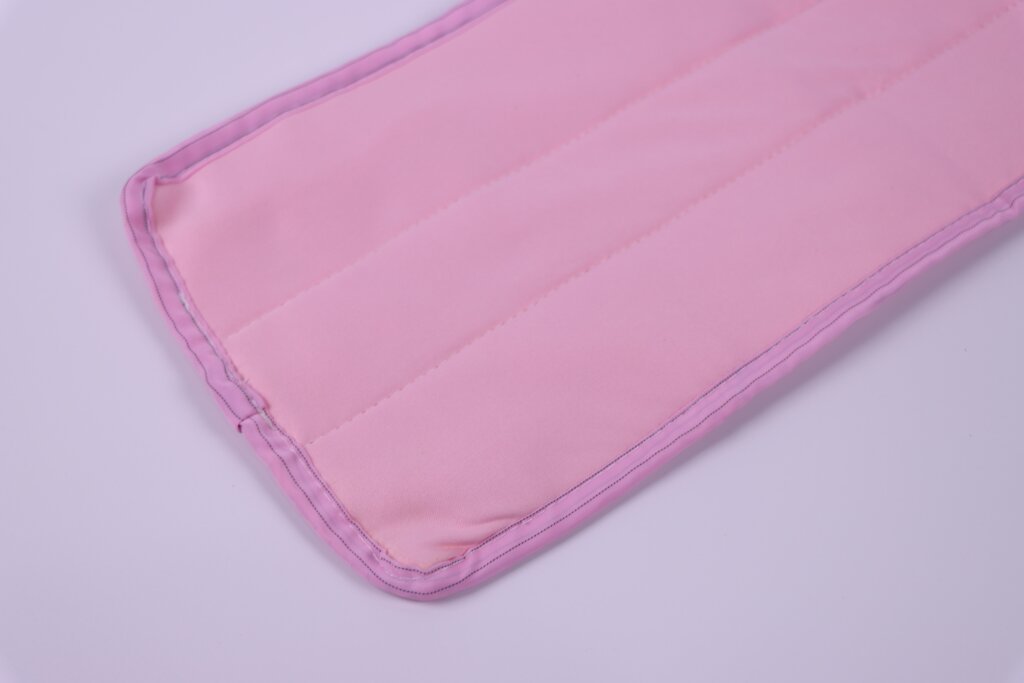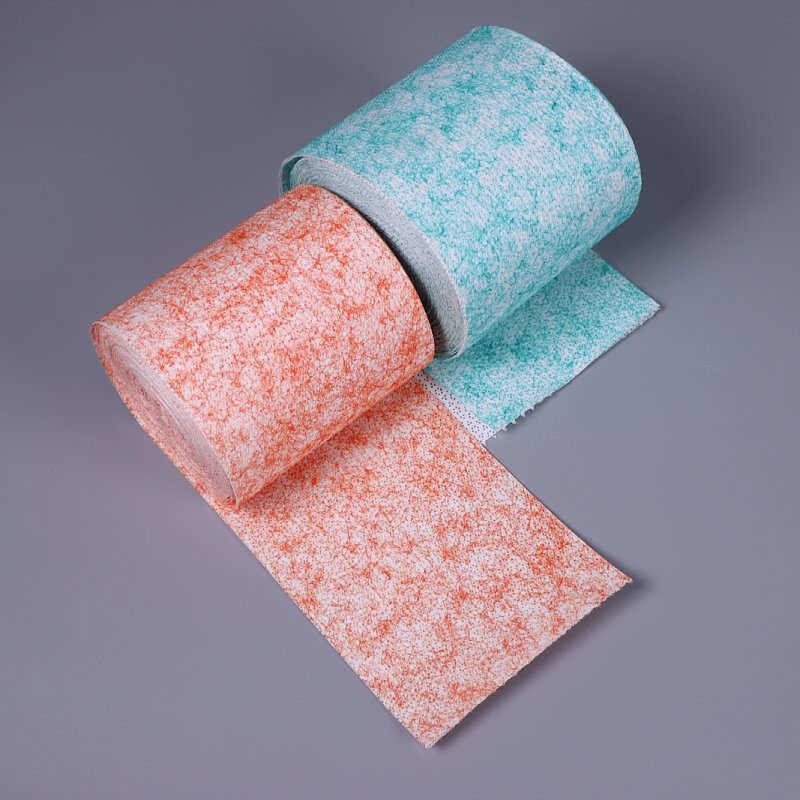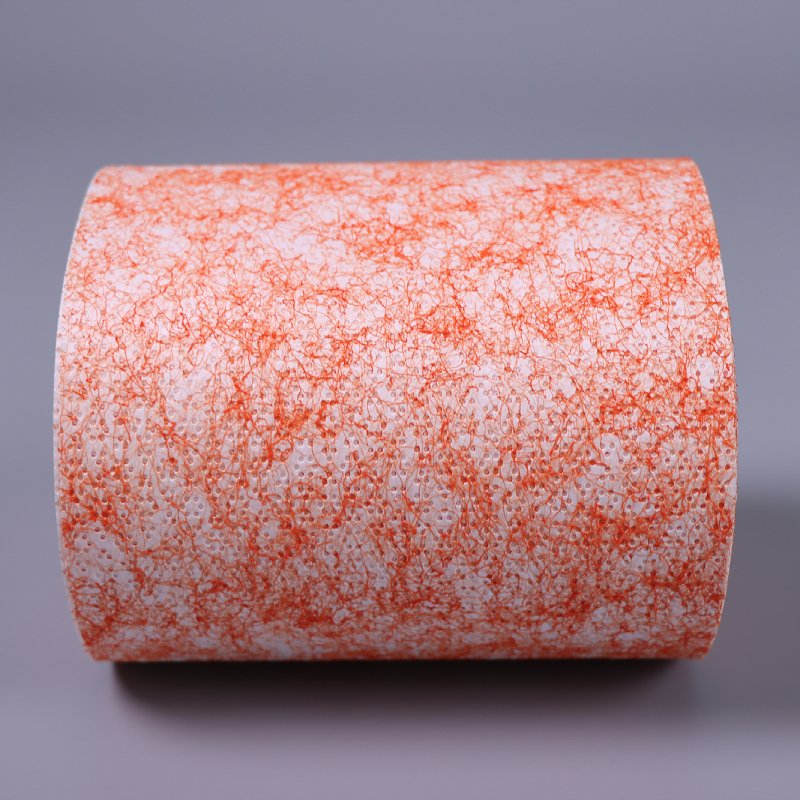Introduction
The global cleanroom consumables market is entering a new stage of expansion. Valued at US$ 9.88 billion in 2023, the market is projected to grow at a CAGR of 6.8% from 2024 to 2034, reaching over US$ 20.25 billion by the end of the forecast period. This steady trajectory underscores the increasing reliance of advanced industries—pharmaceuticals, semiconductors, aerospace, and healthcare—on cleanroom environments and the consumables that support them.
Market Overview
Cleanroom consumables include wipes, gloves, garments, sticky mats, and mops—everyday essentials that ensure contamination control. In industries where a single particle or trace of residue can compromise product quality, these consumables are not auxiliary; they are fundamental to production integrity and regulatory compliance.
The sector is characterized by growing demand for high-purity products, coupled with stringent regulatory requirements (ISO 14644, GMP, FDA standards). In emerging markets, the expansion of pharmaceutical and electronics manufacturing has further accelerated consumption of these products, opening new growth opportunities beyond traditional markets in North America and Europe.
Key Drivers of Growth
-
Stringent Compliance Requirements
Pharmaceutical and medical device manufacturers face rigorous regulations around sterility and product purity. This drives steady demand for certified cleanroom consumables that ensure regulatory alignment. -
Technological Advancements
Semiconductor and biotech processes increasingly demand ultra-clean environments. As node sizes shrink and biologics grow more complex, consumables with low particle release, chemical resistance, and minimal extractables are critical. -
Rising Demand for High-Purity Products
From advanced chips to injectable therapies, end-users are demanding products with zero compromise on quality. This trend reinforces cleanroom operations across industries. -
Growth in Emerging Economies
Asia-Pacific countries like China, India, and South Korea are rapidly expanding their manufacturing bases, with cleanroom infrastructure becoming a strategic investment area.
Industry Trends
-
Sustainability: Increasing emphasis on biodegradable and recyclable consumables, driven by environmental regulations and corporate ESG initiatives.
-
Automation Compatibility: Robotics and automated systems in manufacturing are reshaping consumable design. Products must integrate smoothly with automated dispensing, cleaning, and monitoring processes.
-
Customization and Personalization: Clients seek tailored consumables for specific environments—e.g., wipes designed for solvent-heavy processes or garments for high-sterility pharma operations.
Competitive Landscape
The market is highly competitive, with global players such as 3M, Kimberly-Clark, Berkshire, Texwipe, and Contec shaping the industry. Recent developments include:
-
3M: Launch of a new line of high-performance wipers for semiconductor cleanrooms, enhancing contamination control capabilities.
-
Kimberly-Clark: Strategic acquisition of a cleanroom garment manufacturer to expand its healthcare portfolio.
-
Berkshire: Increased R&D investment into advanced textiles for next-generation cleanroom garments.
These moves show a clear pattern: innovation, acquisition, and emerging market expansion are the main levers for maintaining competitive advantage.
Opportunities Ahead
-
Advanced Materials
Development of consumables with enhanced absorbency, durability, and chemical compatibility will be critical for next-generation cleanrooms. -
Expansion into New Applications
Beyond traditional industries, food & beverage and renewable energy sectors are emerging as growth drivers, with higher demands for contamination control. -
Integration of Digital Technology
Concepts like IoT-enabled monitoring (e.g., wipes with batch traceability or smart packaging) are expected to transform quality assurance in consumables.
Conclusion
The cleanroom consumables market is evolving from being a basic support function to a strategic enabler of product quality, compliance, and operational efficiency. Growth will be driven by both regulatory necessity and technological innovation.
From our perspective, companies that succeed in this space will be those that:
-
Innovate with purpose—delivering products tailored to ultra-clean requirements.
-
Embrace sustainability—offering eco-friendly yet high-performance solutions.
-
Adapt to automation—ensuring compatibility with the future of smart manufacturing.
For end-users—whether in semiconductors, pharmaceuticals, or advanced manufacturing—the key is not just procuring consumables, but partnering with suppliers who understand these evolving demands and can provide solutions aligned with the industry’s future.
Data reference: Transparency Market Research, Cleanroom Consumables Market Report (2024–2034).




